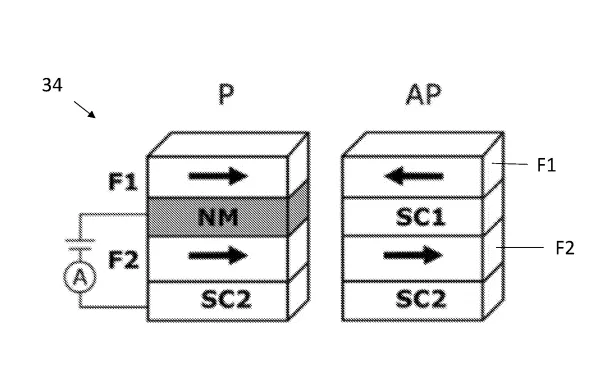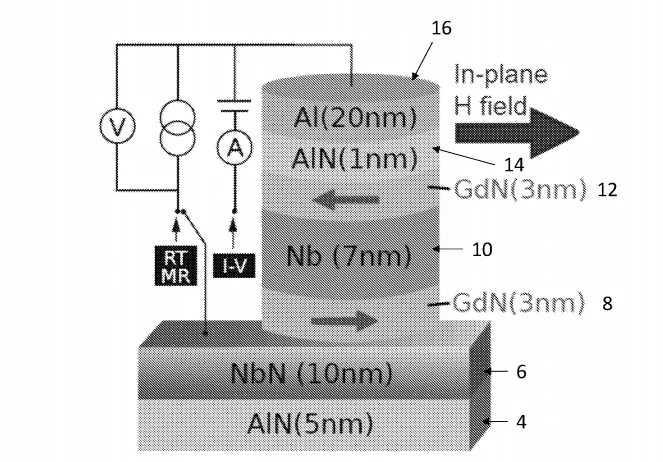Switchable Superconducting Josephson Junction Device for Low Energy Information Storage and Processing
Exchange field junctions enables supercurrent found in field sensors (both magnetic and electric), measurement standards, or in quantum computing.
Researchers
-
switchable superconducting josephson junction device for low energy information storage and processing
United States of America | Granted | 10,741,744
Figures
Technology
The exchange field based junction consists of an alternating superconductor (SC) and ferromagnetic insulator (FI) multilayer in the order SC/FI/SC/FI. Due to IEF, the upper part of the device can operate as a Josephson junction when the two ferromagnets are magnetized antiparallel. However, in the case of parallel magnetization, the structure suppresses superconductivity resulting in significantly decreased current for a millivolt bias. This binary system is both nonvolatile and observable as an enormous change in device resistance. The conductive state is controlled by the relative magnetization orientation of the neighboring ferromagnetic insulators. Magnetization orientation can be set with a topological insulator and a high atomic number layer. A gate voltage is applied between the topological insulator and the high atomic number layer, causing a change in the ferromagnetic layer through spin-orbit-coupling.
Problem Addressed
Spin-electronic (spintronics) memory uses electron spin for logic and sensing. Heat loss from associated charge currents limits the potential applications in computing technology. Superconducting electronics do not rely on spin and offer a loss-less alternative with significantly higher clock speeds. The Josephson junction is a versatile superconducting device that uses Interfacial Exchange Field (IEF) from ferromagnetic insulators to control conventional superconductivity. For standard von Neumann architectures, memory and logic are separated, thus adding to computation time. The presented technology integrates a nonvolatile memory and readout in the same structure at ultralow power and ultrafast computation time.
Advantages
- Integration of memory and readout decrease computation time and increase processing speeds
- Josephson junctions have no power dissipation so energy and operation costs are saved
- Made by sputtering technique so design is easily scalable into an ultra-dense array
Publications
Juan Pedro Cascales,et al. "Switchable Josephson Junction Based on Interfacial Exchange Field." Applied Physics Letters, January 14, 2019, 114 (2): 022601. https://doi.org/10.1063/1.5050382.
License this technology
Interested in this technology? Connect with our experienced licensing team to initiate the process.
Sign up for technology updates
Sign up now to receive the latest updates on cutting-edge technologies and innovations.

